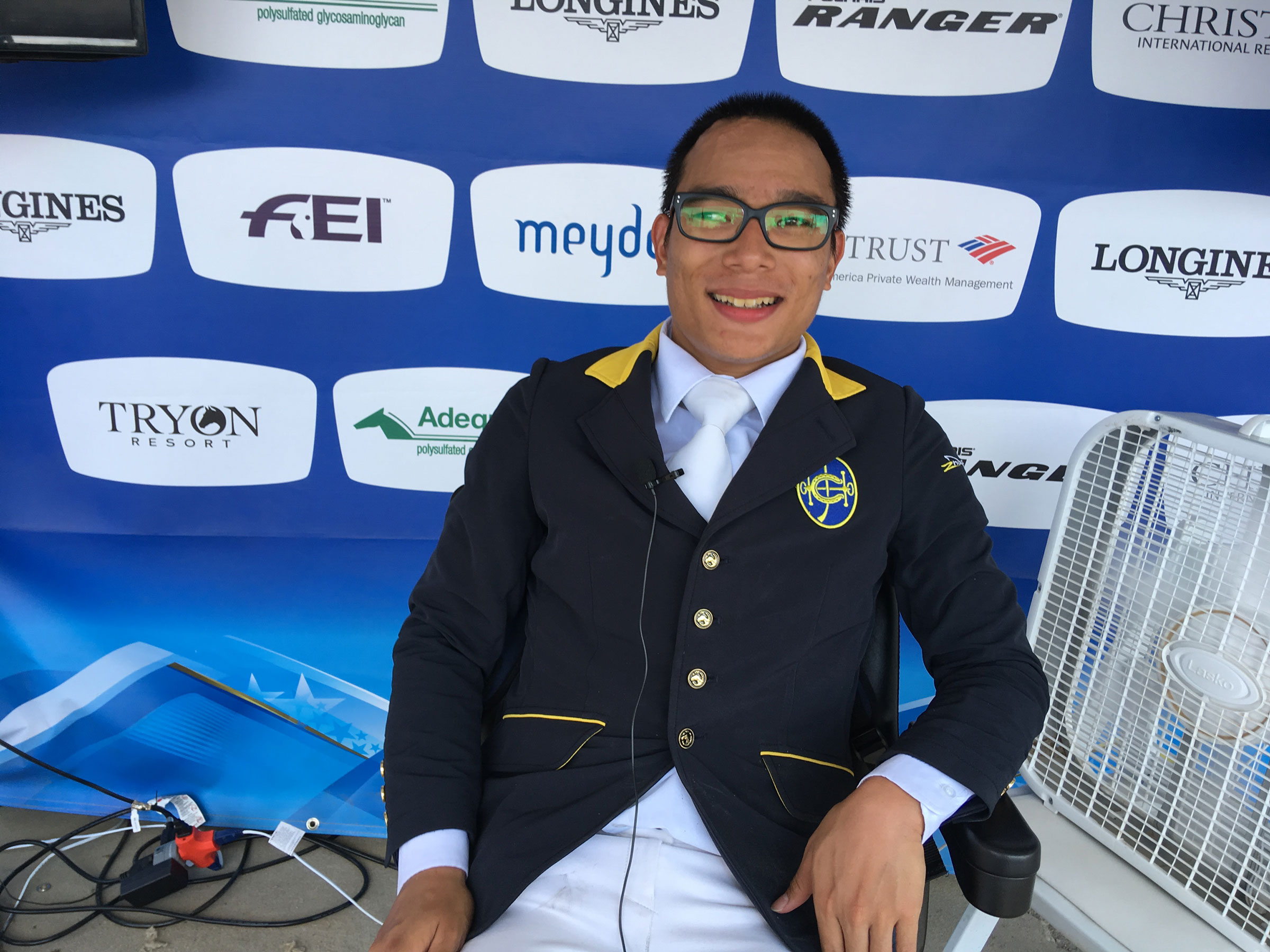
The benefits of therapeutic riding programs are well established. They help riders develop core strength, balance and coordination. Through riding, those with physical and mental challenges strengthen their bodies and empower their spirits, finding confidence and self-assurance. The benefits are noticeable immediately and have long-lasting effects. Parents and family members who bring individuals to equine-assisted activities and therapies (EAAT) report seeing changes in posture, the ability communicate and positive changes in moods.
For some, participating in regular therapeutic riding sessions is just the beginning—once they get into a program, they also have an interest in competitive opportunities. Several show associations such as the American Quarter Horse Association, the Palomino Horse Breeders Association, the National Snaffle Bit Association and others have incorporated riders with disabilities classes into horse shows.
Trainers interested in getting involved in taking riders to competitions should check the association rules that apply to the EWD (equestrians with disabilities) program. The rules vary slightly from one organization to another. All programs will likely require a signed document from the rider’s doctor that outlines the disability of the rider.
It can be difficult for PATH Intl. centers to take riders to shows because of the limited resources to staff lessons at the center and at a show. Nearly 90% of centers don’t have riders participate in competitions, said Kaye Marks, director of marketing and communications of PATH, Intl.
The National Snaffle Bit Association’s (NSBA)Coaches Summit is partnering with PATH, Intl. to explore opportunities for engagement and expansion of current or new riding programs for the inclusion of equestrians with disabilities and veterans through the Heroes on Horses programs. The NSBA Foundation is working to develop programs to support these classes and getting the therapeutic riding community to realize the benefits of competition. Entries have doubled in the last five years, according to Stephanie Lynn, director of operations at the NSBA. In 2018, there were 857 entries at NSBA-sanctioned shows.
Not only have these classes given riders opportunities to compete at regional and world championship shows, these programs have inspired able-bodied riders, trainers and show management to get involved as volunteers, cheerleaders and fundraisers to help riders with disabilities chase their equine dreams.


